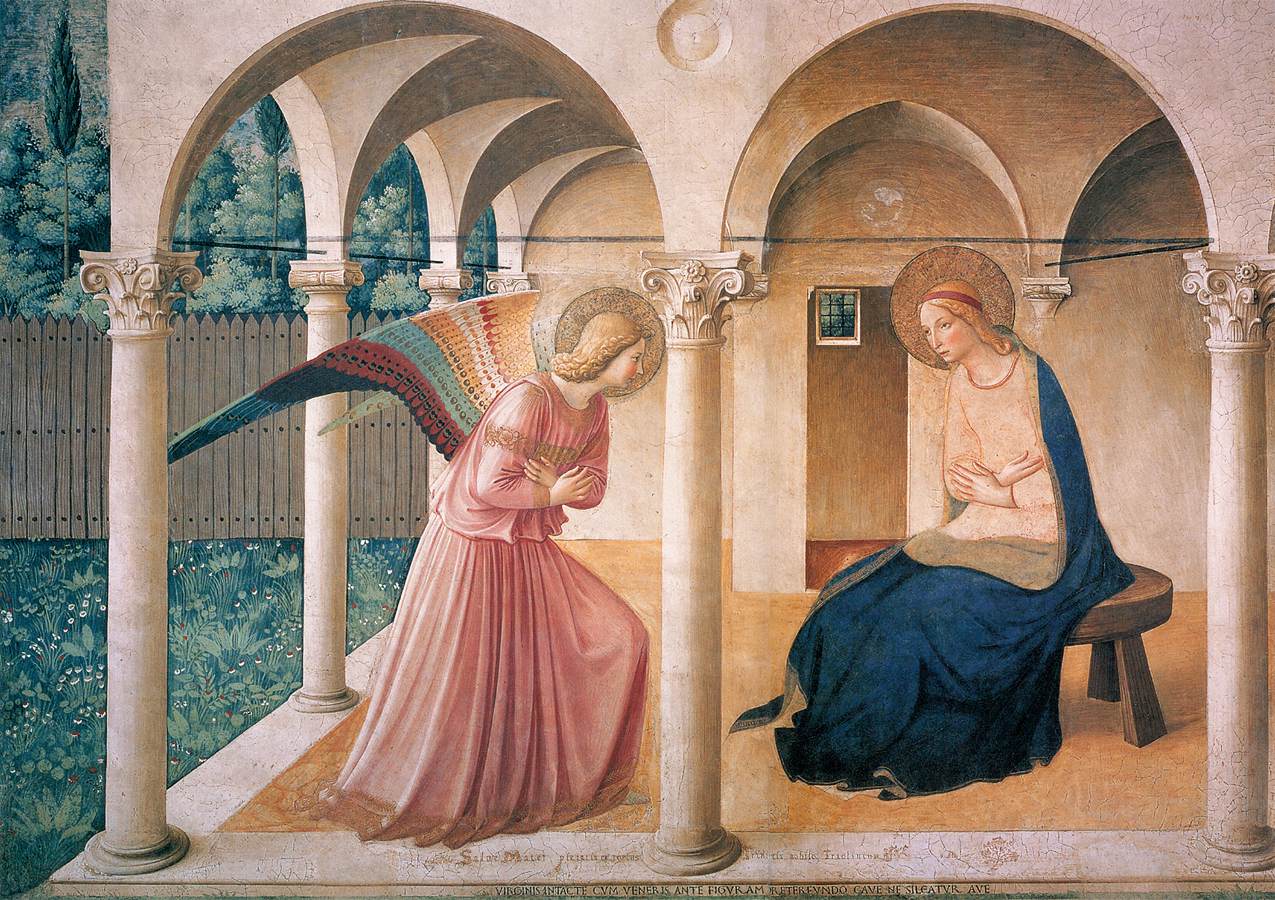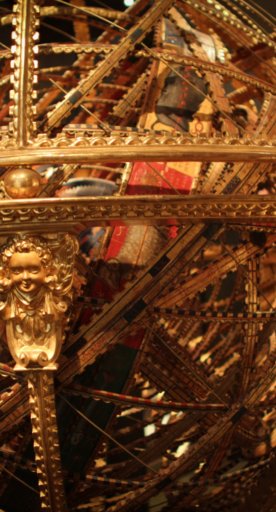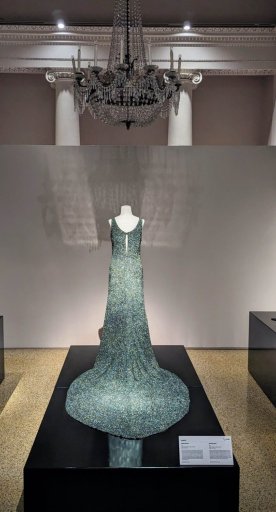
Museum of San Marco
In the center of Florence, the ancient convent that contains masterpieces by Fra Angelico
The San Marco Museum is located in Florence, in the square of the same name and can be found in the oldest part of the Dominican convent of San Marco, which was restored and extended at the behest of Cosimo the Elder de' Medici by the architect Michelozzo in the 15th century and richly frescoed over the centuries.
The convent was consecrated in 1443 and experienced very fervent daily activity within its walls, particularly enlivened by the presence of exceptional personalities, like Girolamo Savonarola.
The museum is famous because it contains the world's richest collection of works by Fra Angelico, a Dominican friar and one of the most important early Renaissance painters, who lived here between 1438 and 1445, collaborating in perfect unity of purpose with Michelozzo, decorating and frescoing the collective and private spaces of the single cells with the help of his pupils.
The museum tour includes the Cloister of Sant’Antonio, the Sala dell’Ospizio (Hospice Room, now renamed the Beato Angelico Room), the recently restored Sala del Reffettorio (Refectory Room), the Sala del Capitolo (Chapter House), the monks' cells and Michelozzo's library, the first "public" library of the Renaissance.

Among the frescoes, the Crucifixion painted in the Chapter House stands out, where the pain of those witnessing the martyrdom of Christ is elevated by the meditation, in line with the Dominicans’ lesson of educated spirituality. In some of the cells, we find frescoes of the Annunciation, The Marys at the Tomb and Noli me tangere. Among the panel paintings on display in the Pilgrims' Hospice, visitors can admire the early works of Fra Angelico, as well as the splendid reredos decorated with the Last Judgement and the Deposition from the Cross, set against a backdrop of Tuscan hills.
The museum in Florence also conserves a beautiful Last Supper fresco by Ghirlandaio from the end of the 1400s and various paintings by Fra’ Bartolomeo. In the library, one of the most harmonious examples of Renaissance architecture, are magnificent illuminated manuscripts, also made inside the convent.
Accessibility information: feelflorence.it









